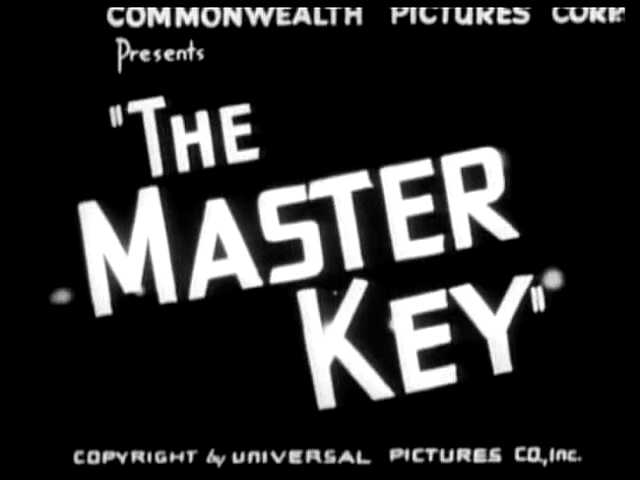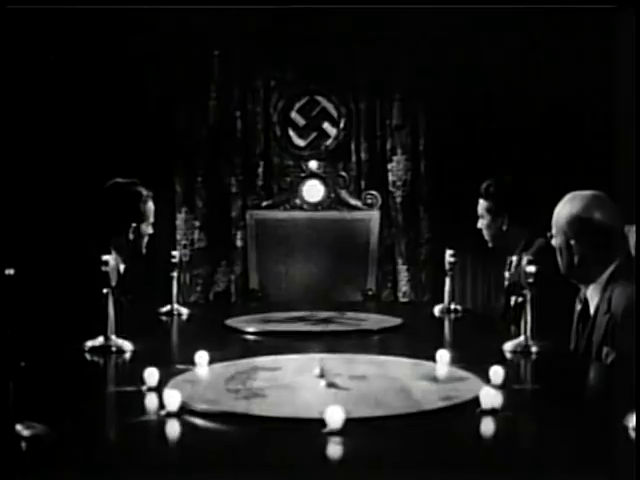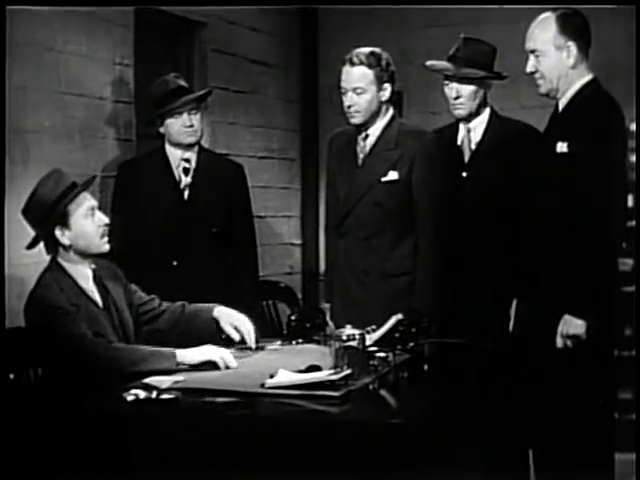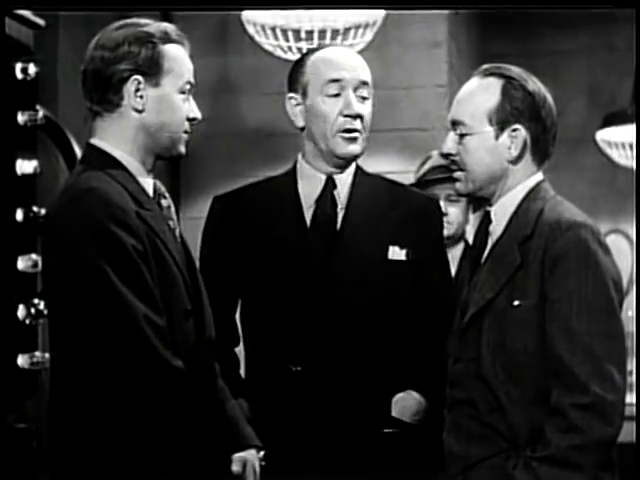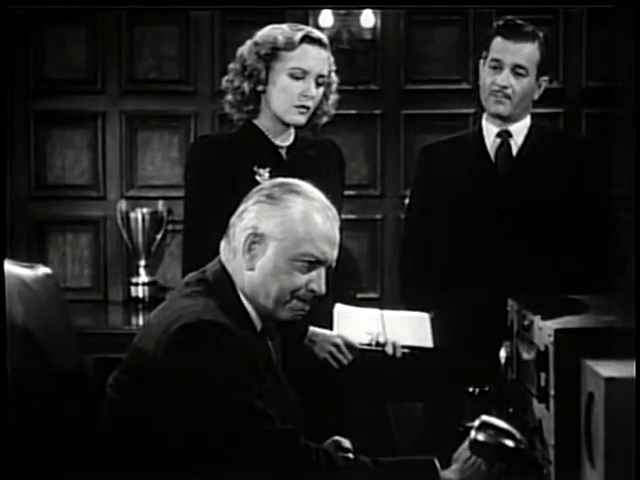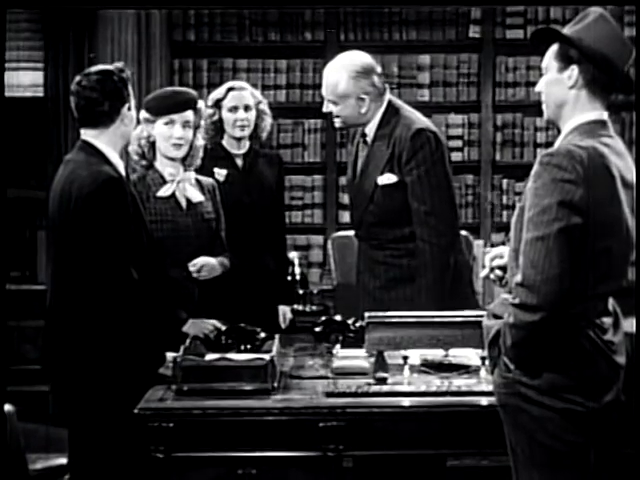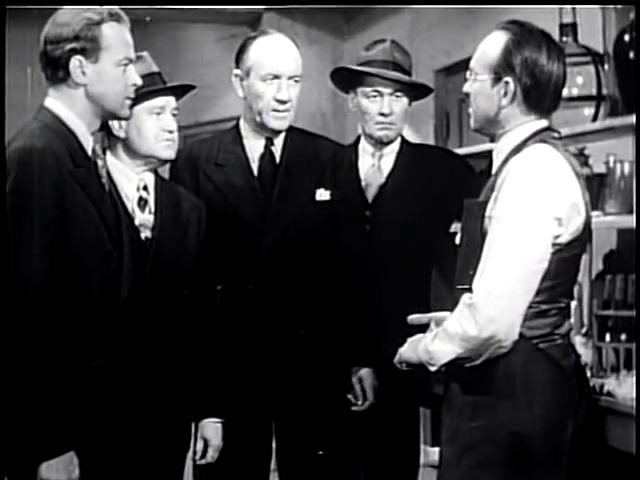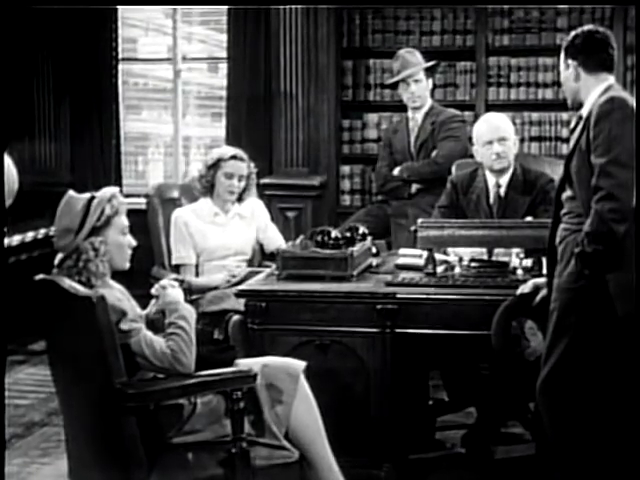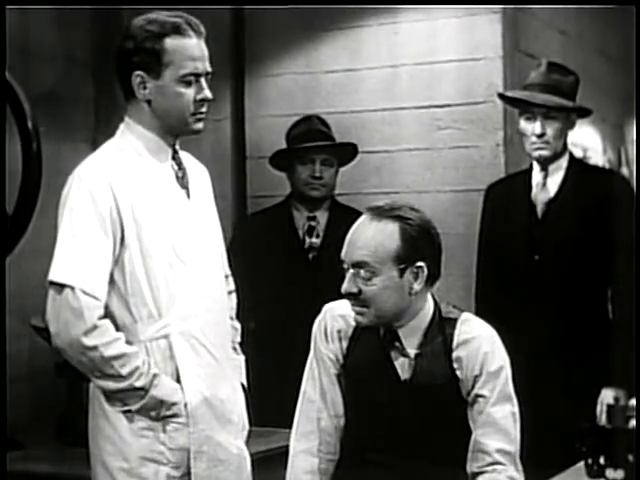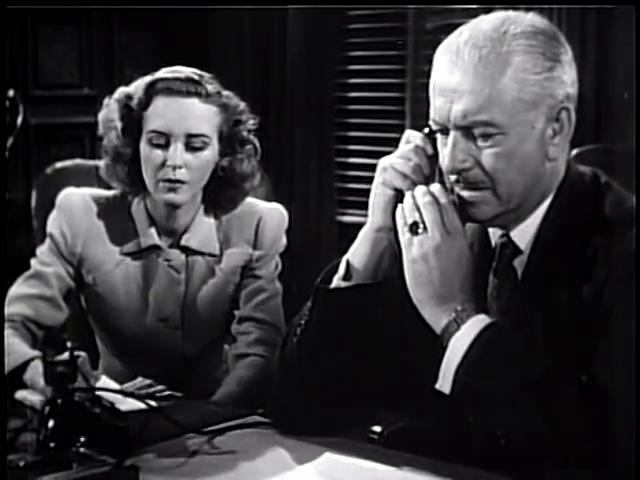-
#469 – The Master Key (1945)
The Master Key (1945)
Film review #469
Directors: Lewis D. Collins, Ray Taylor
SYNOPSIS: A secret Nazi organisation operating in the United States has kidnapped Professor Henderson in order to force him to finish his “auratron” invention that can make gold out of seawater, and use the gold to fund the Nazis operations. Tom Brant, an FBI agent, hunts down the Nazi spy ring with the help of Detective Jack Ryan and his contacts in the police force to find Professor Henderson and bring the Nazis to justice.
THOUGHTS/ANALYSIS: The Master Key is a 1945 serial released by Republic Pictures and comprised of thirteen chapters. The serial centres around a Nazi spy ring operating in the United States, who kidnap Professor Henderson and force him to complete his “auratron” invention, which can turn seawater into gold, which the Nazis will then use to disrupt America’s industrial might. The only thing standing in the way of their evil plans is FBI agent Tom Brant and his companions in the police department. The plot centres around this Nazi spy ring who identify themselves with a key that has the letter “M” and a number engraved on it. They are given their orders by the “Master Key,” who conceals their identity from even the group. That’s all the “Master Key” of the title refers to, and yes, it’s a rather uninteresting premise, given the keys serve no purpose other than to identify the spies, and are used at the start of each chapter to “summon” the master key who explains the plot. The main focus of the plot is Henderson’s invention which apparently turns seawater into gold, an idea which is sounds ridiculous even by the serial format’s standards. The chapters involve the typical plot structure of the heroes trying to rescue the professor and his invention…the amount of serials that enact this same plot is too many to count, and most of them do it better than this one. The plot has very little direction otherwise, and the back-and-forth between the protagonists and antagonists is painfully slow, and explained through long scenes of exposition that slow the pacing down to a crawl. There’s some cliffhangers that incorporate more impressive large crashes or explosions, but they are usually, and obviously, stock footage or models, and the fallout is never really shown, only explained further with the shot of a newspaper front page and even more dialogue.
The characters are the usual bunch you associate with the serial format: there’s the young male leads who get into the fights, the older men who serve as support, and some token women who get the role of journalist or secretary. The villains likewise are uninteresting and have no character or role other than being henchman. The main villain we never see until the very end, instead giving orders through some sort of radio…thing. There’s constantly very little for the viewer to grasp a hold of, and as such, it is difficult to maintain attention on the serial as a whole. There’s some supporting characters including a bunch of younger street-wise teenagers who help out under the watch of Aggie, a similarly street-wise woman. Again, none of the characters really stand out or do anything of merit.
Released in April 1945, The Master Key was released in the very dying days of World War II. As such, it is difficult to see how relevant the whole Nazi spy ring plot was. The wartime serials typically focused on Japan as the primary U.S. enemy, and choosing the Nazis as the villains is perhaps an odd choice at this time. Each chapter opens up with a disclaimer of sorts saying that the serial is fiction that “could never happen,” and states that it takes place in 1938 before the war even started. I assume this was in order to keep the serial in line with the requires of the regulatory bodies, perhaps setting it before the war was necessary to not give the illusion that the Nazis were still a threat to the US in the then dying-days of the war, and that the U.S. was too powerful for something like this to happen anyway. It’s interesting then that they allowed it during wartime: perhaps they needed people to be on their guard, but on the verge of the Nazis being defeated, the tone changed to saying that there was no way that anything like this could ever happen to America. It’s also interesting that the serial clearly identifies the enemies as Nazis and shows their flags in their hideout: again, most serials previously did not mention the Nazis by name or show any of their insignia, instead showing enemies that were working for a “foreign power” which obviously was meant to be the Nazis. Again I assume the requirements of the film regulators changed at the end of the war, and by being able to identify them and place them in the past, it signified that they were a product of history, and no longer a real threat. Also a small note concerning the invention that can apparently turn seawater into gold: it’s so outlandish and nonsensical even by serial standards that it’s very hard to take seriously.
Overall, The Master Key is a poor showing, released at the wrong time. It has very little direction in terms of story or characters, and the long-winded scenes of dialogue and exposition overshadow any action scenes. It exists at a strange point in history where the Nazis were no longer credible or interesting villains, but also before the post-war serials, which turned either to America’s military war heroes battling foreign spies (implied to be the soviet union) or more sci-fi adventures. As such, The Master Key falls between the cracks and fails to find very little relevancy or entertainment value.
